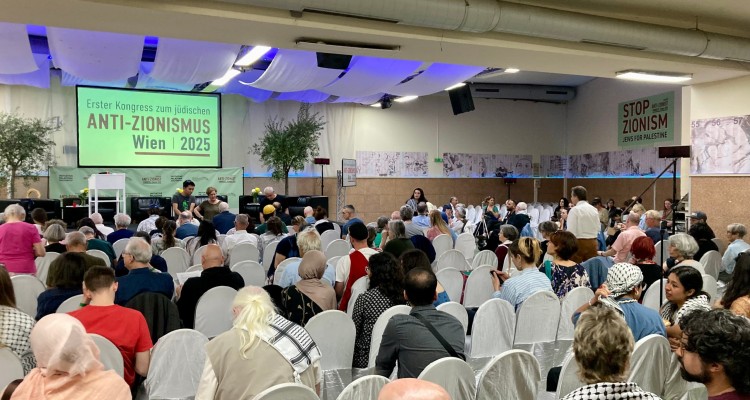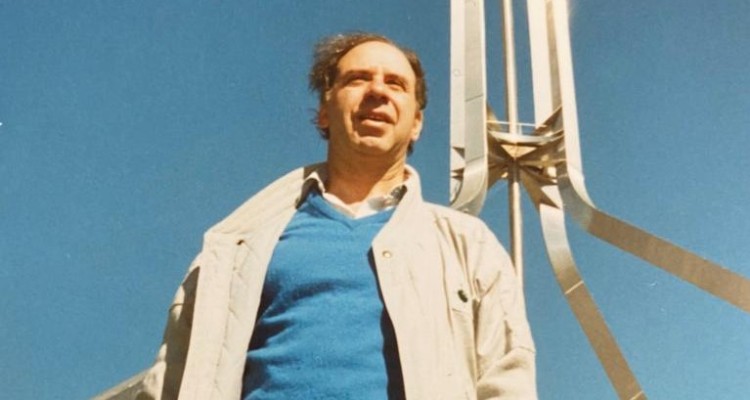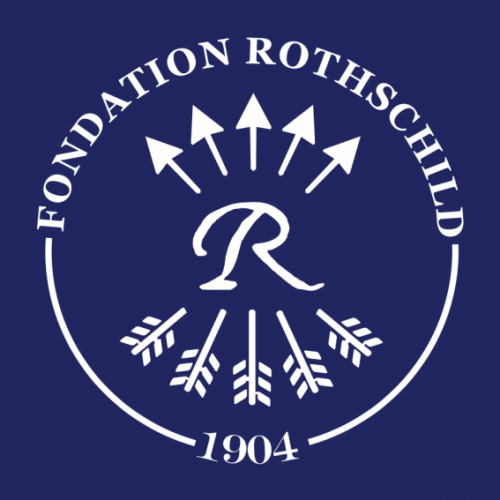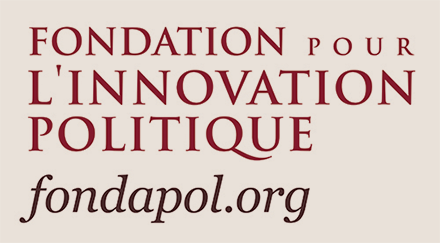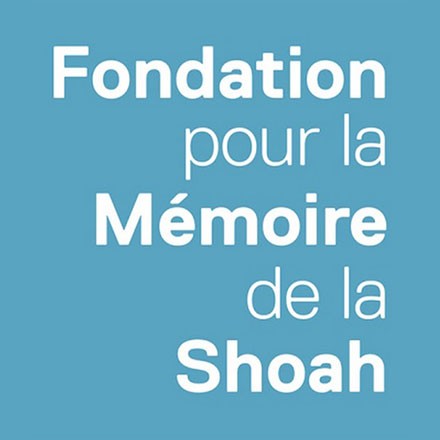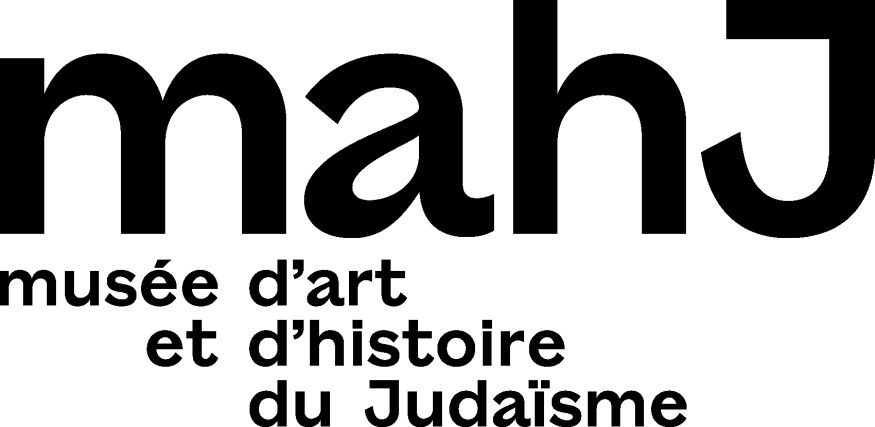On the 9th of October 1982, a Palestinian commando group targeted a crowd of Roman Jews leaving the synagogue, injuring dozens of people and killing a two-year-old boy. On the eve of the 40th anniversary of the attack, new documents show that the secret service had informed the Italian authorities of the impending danger but that no security arrangements for the synagogue had been put in place. A forthcoming book would confirm the existence of a secret agreement between the Italian state and Palestinian factions during the Years of Lead, but its link to the synagogue of Roma has yet to be proven. This is an issue to be followed, which the Italian Parliament will have to examine.
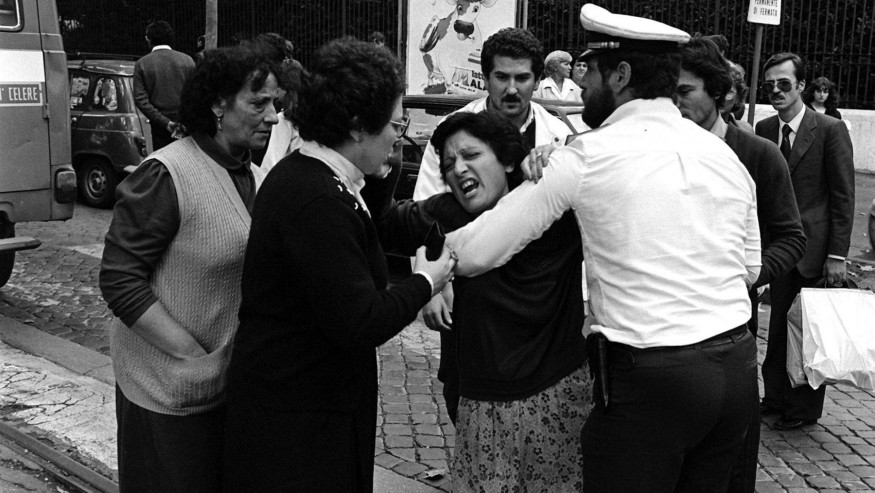
How many times has the Italian state turned its back on “its own” Jewish minority, effectively selling it to a foreign player?
Only once, when, as history confirms beyond any reasonable doubt, the Italian state actively collaborated in the arrest and deportation of almost 7,000 Jews to German extermination camps between 1943 and 1945.
Twice, if one were to consider what Italian Jews (and Roman Jews in particular), fear and murmur less and less faintly when they turn their attention to the great black hole that was the abandonment of their protection by Italian institutions less than four decades later.
What is this about?
It is about an event that has faded from the national collective memory, lost among the thousands of bloody events that struck the country in the 1970s and 1980s, but is indelibly engraved in Jewish memory: the attack on the synagogue in Rome on 9 October 1982.
That morning, as they left the service of Shemini Atzeret, the second-to-last of the major festivities at the beginning of the Jewish year, the congregation in the Great Synagogue of Rome found a Palestinian terrorist commando waiting for them. Machine gun fire and grenades thrown at the worshipers injured dozens – some of whom still bear the marks on their bodies – and a two-year-old boy, Stefano Gaj Taché, lost his life.
39 years later, new articles published in the Italian press today awaken the torments of the Jews of that morning, as well as the distant memory of the rest of the country. They seem to give reality to the survivors’ most terrible suspicions: the Italian authorities could have prevented the attack and did not.
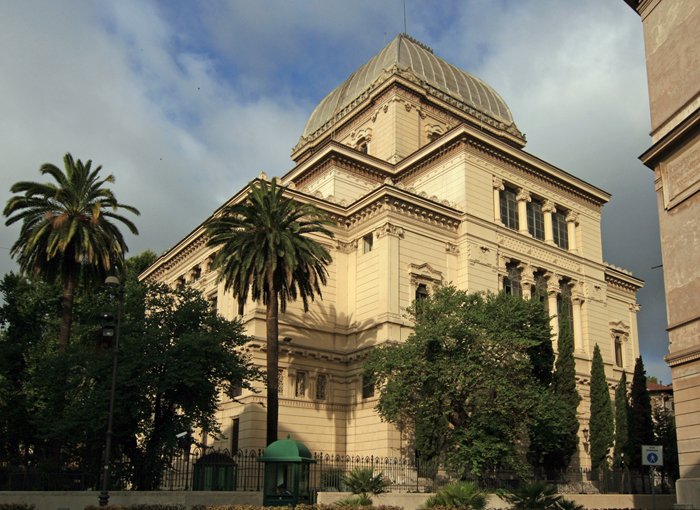
Predicted crime.
In the Italian collective conscience, the year 1982 remains unforgettable because of one big event: the victory of the football World Cup in Spain, when, thanks to Paolo Rossi’s goals, the underrated Squadra azzurra beat Argentina, Brazil and Germany to win the competition, under the beaming eyes of the President of the Republic Sandro Pertini. It seemed like the start of a new, more modern era of success after a decade of economic hardship, heartbreaking political divisions and a very long trail of blood from the terrorism of the Years of Lead. But in those same months, the new wind of the 1980s also brought into the homes and streets of Italy other, far more turbulent issues, linked to events in the Middle East.
The invasion of Lebanon by the Israeli government led by Menachem Begin and Ariel Sharon to eradicate the PLO was widely reported in the press and on television, and in a rather one-sided way. The preventive military operation undertaken by the Likud right-wing definitively shifted the image of Israel to that of the “villains” in the eyes of a large part of the political class and public opinion, which was then freed from any complexity. “The Italian media”, recalls Lisa Palmieri-Billig, “bombarded public opinion with headlines and hateful drawings reminiscent of the Nazi era, describing the bombing of ‘Jewish planes’ with the Star of David and disgusting ‘Israelis’ about to happily torture innocent Palestinians or crucify a Palestinian Christ”.
The prevailing pro-Arab and anti-Israeli climate, not only on the left but also in the more moderate ranks of the Christian Democracy governing party, was taking on increasingly worrying tones for Italian Jews. At the end of June, a large anti-war rally called by the trade unions had a macabre outcome, when some demonstrators went as far as the old ghetto in Rome to lay a coffin in front of the synagogue. With the spread of the Sabra and Shatila massacre scandal, and with Yasser Arafat’s triumphant visit to Rome in September, the climate became even more tense, and as the New Year holidays approached, the fear of an imminent attack spread among the Jews. Especially since in the two previous years, terrorist attacks by Palestinian or pro-Palestinian groups had hit Jewish targets in Europe: Berlin, Antwerp, Paris, Vienna, and then again Antwerp. And again Paris, only a few weeks before, when the attack on a kosher restaurant in Rue des Rosiers killed six people and injured dozens.
In Rome, on the morning of the 9th of October – despite the official requests for protection by the Union of Jewish Communities, and the unambiguous “message” of the bomb explosion on the night of 29th-30th September at the headquarters of the Jewish community in Milan – the Palestinian commando was nevertheless able to act effectively without encountering obstacles. As all witnesses noted and reported, in front of the synagogue, not only had the surveillance not been reinforced, but not even one police car had been stationed.
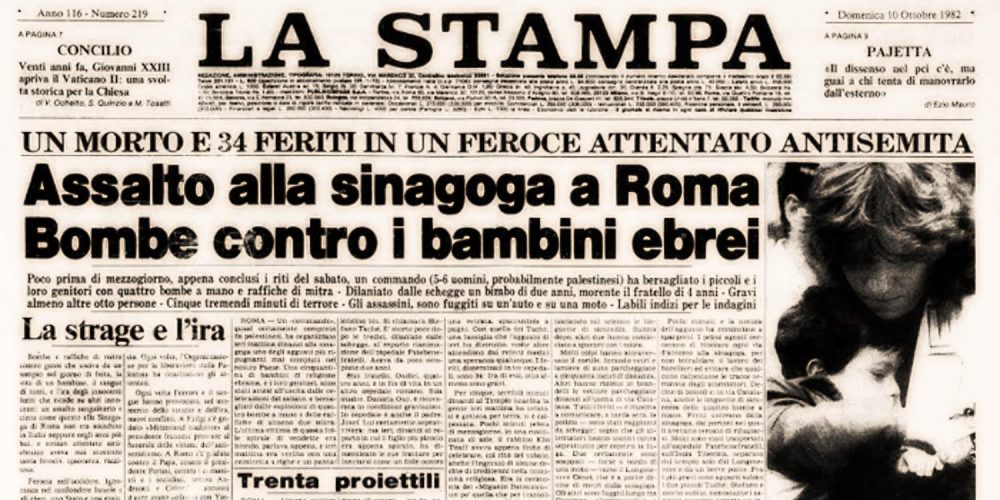
Suspicions and revelations.
If a feeling of solidarity was spontaneously expressed, the anger and protests of the Roman Jews were soon forgotten. And so did their demand for justice. The trail of the assailants – believed to be five in total – was lost. Only one of them was arrested a month later, but not in Italy: at the border between Greece and Turkey, driving a car loaded with explosives. He was Abdel Osama Al Zomar, a member of the Palestinian terrorist unit led by Abu Nidal. Six years later, Greece released him and let him take refuge in Libya. In 1991, Al Zomar was sentenced in his absence by an Italian court. But after that day, nothing was heard of him or any other possible liability.
Until 2008, when, on the eve of the 26th anniversary of the attack, the former Prime Minister and President of the Republic Francesco Cossiga, then in his eighties, decided to reveal some shocking new information. First, in an interview with Corriere della Sera, he revealed the existence of a secret agreement between the Italian state apparatus and the main Palestinian forces – referred to as the “Moro Pact”, named after the former Prime Minister and leader of the Christian Democracy, Aldo Moro – aimed at allowing the latter the free movement of men and weapons on Italian territory in return for the protection of the country and its citizens against terrorist actions. Then, under the pressure of questions from the Italian correspondent of the Israeli newspaper Yediot Aharonot, he clarified that in fact Zionist objectives would be excluded from the scope of this agreement. Italian Jews, in other words, could have been hit with impunity. “We sold you out”, he summarised to the Israeli journalist.
The extremely serious allegations of Cossiga – who for many years had been working closely with the secret service – were, however, not acknowledged nor confirmed by other voices in the public arena. On the contrary, it was suggested that the former president, who would die two years later, was now old and not very lucid. But this “political bombshell”, belatedly dropped by Cossiga, has come back to the limelight in recent weeks, with the publication in the newspaper Il Riformista of new confidential documents linked to the Rome attack.
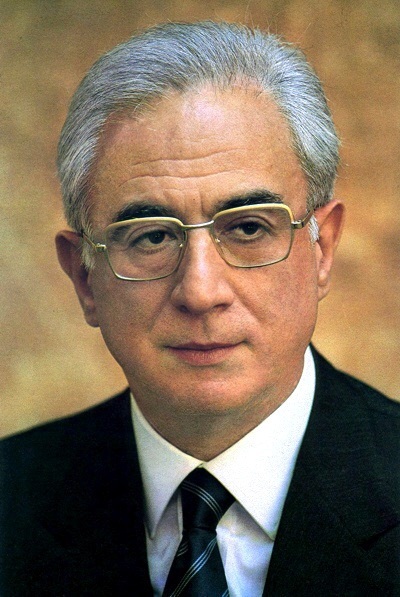
The newly published material reveals that, in the five months leading up to the attack, the Italian secret service received and passed on to the authorities no fewer than 16 reports of imminent violent activity of Palestinian origin. Three of them – based on particularly reliable sources – clearly indicated Italian synagogues among the likely targets, with the one in Rome obviously being the preferred target. The most precise and explicit report was sent directly on 25 September 1982 by the S.I.S.De. (Intelligence and Democratic Security Service) to the Interior Ministry. It pointed to the concrete possibility of “attacks by the Palestinian dissident group led by Abu Nidal before, during or immediately after Yom Kippur, which falls this year on 27 September”. This is exactly what was to happen two weeks later. “Cossiga was not crazy and the documents confirm that he was right,” concludes Il Riformista.
Negligence or connivance?
Is it possible that the Italian state consciously renounced to protect ” its own ” Jews – less than four decades after the Shoah – in the name of an international political agreement made on the sly? And if so, where did the responsibility lie? We interviewed two of the ( rare ) historians who delved into the “Moro Pact”, which is still not officially recognised.
“There is no doubt that in the European services and ministries at the time, there was a certain anti-Israeli unease,” notes Valentine Lomellini, a historian at the University of Padua, who is about to publish in a long-awaited volume (Il ‘Lodo Moro’. Terrorismo e ragion di Stato 1969-1986, Laterza 2022 – The “Moro Pact”. Terrorism and the Reason of State 1969-1986; [our translation]) the findings of his study of thousands of archival documents from that historical period. “However, one must be careful not to jump to conclusions without the necessary documentary evidence. It is one thing to say that Italy kept a complacent attitude towards Palestinian factions by allowing terrorists or weapons to circulate on the territory, it is another to claim that Italy explicitly favoured an attack by them. Similarly, it is one thing to suggest that there may have been an undercover agent in the services who managed to prevent the police car from being sent out that morning; it is quite another to claim that the Interior Ministry or the Government was directly responsible for “letting the Palestinian terrorists do their job”. In particular because the government in power at the time – led by the Republican Giovanni Spadolini – was anything but pro-Arab, recalls Lomellini.
Giacomo Pacini also draws attention to the uncertainty of the relevance of the “Moro Pact” to the Rome attack. He has published several books on the conspiracies of those years, particularly in the world of the secret services, the latest of which is devoted to La spia intoccabile. Federico Umberto D’Amato e l’Ufficio Affari Riservati (Einaudi, 2021) (The Untouchable Spy. Federico Umberto d’Amato and the Office of Classified Affairs; [our
translation]). The mechanism provided by the Lodo undoubtedly held from 1972 to 1973 and for the whole decade,” Pacini recalls. But by 1982, the context had changed. Moro, the presumed architect of this agreement, had already been dead for four years (killed by the Red Brigades in May 1978, editor’s note), and the same Colonel Stefano Giovannone, who was the operational guarantor of the Pact, was no longer in charge of the services’ operations in the Middle East in Beirut. The other great defender of relations with the Palestinians, in the name of Christian Democracy and Italy, Giulio Andreotti, was not in government at that time either. Above all, the two researchers agree that the unit responsible for the Rome attack – that of Abu Nidal – was acting not only autonomously, but in open opposition to the “official” Palestinian resistance groups, such as Arafat’s PLO and George Habash’s Popular Front for the Liberation of Palestine, i.e. the likely contractors of the non-belligerency pact with the Italian state.
The “Moro Pact”, in short, did exist, and the historical and political investigation of it is still in its early stages, but it is may not be the right framework in which to situate the attack on Rome, as Cossiga had indicated. But what about Italy’s responsibility for dramatically abandoning the oldest Jewish community in the Diaspora? “At the level of the State, there is undoubtedly a great political responsibility for the loss of the collective memory of this event, considering that the inclusion of Stefano Taché’s name in the list of Italian victims of terrorism took place only thirty years later, during the presidency of Giorgio Napolitano. As for direct responsibility in terms of security, so far we have clear evidence of negligence, but not of collusion,” concludes Lomellini.
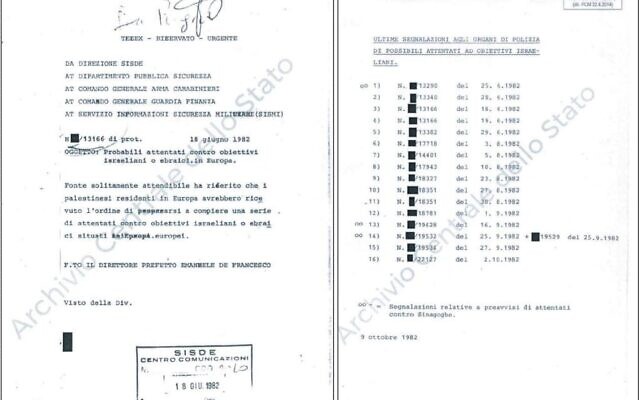
Wanted : new documents.
New documents and new evidence are however exactly what the Jewish community leaders seem to be asking for today. “It is necessary to immediately start an investigation that will bring out the names and surnames of those who tolerated all this, of those who knew and did not seek to act,” said the former president of the Community of Rome (and son of one of the men the most seriously injured in the attack) Riccardo Pacifici, indignantly, after the revelation of the new elements. “I suppose we won’t be able to put them in prison, but at least make them, in the light of history, face up to their responsibilities. If there are material perpetrators, there are also moral perpetrators. And they must be identified, without any leniency for anyone.
The former president of the Jewish community of Milan and now a member of the Democratic Party, Emanuele Fiano, indicated the political and judicial framework in which this request should be placed. “From now on, the State and the Parliament can no longer remain immobile. It is now necessary to clarify all aspects of this case. It is necessary that the parliamentary body responsible for supervising the functioning of the security system of our country calls for the appearance of those who were the protagonists of this episode and who are still alive. We must ask the government leaders to reveal more documents”, wrote Mr Fiano in a letter to the newspaper La Repubblica, calling for a new initiative by COPASIR, the Parliamentary Security Committee that oversees the secret services.
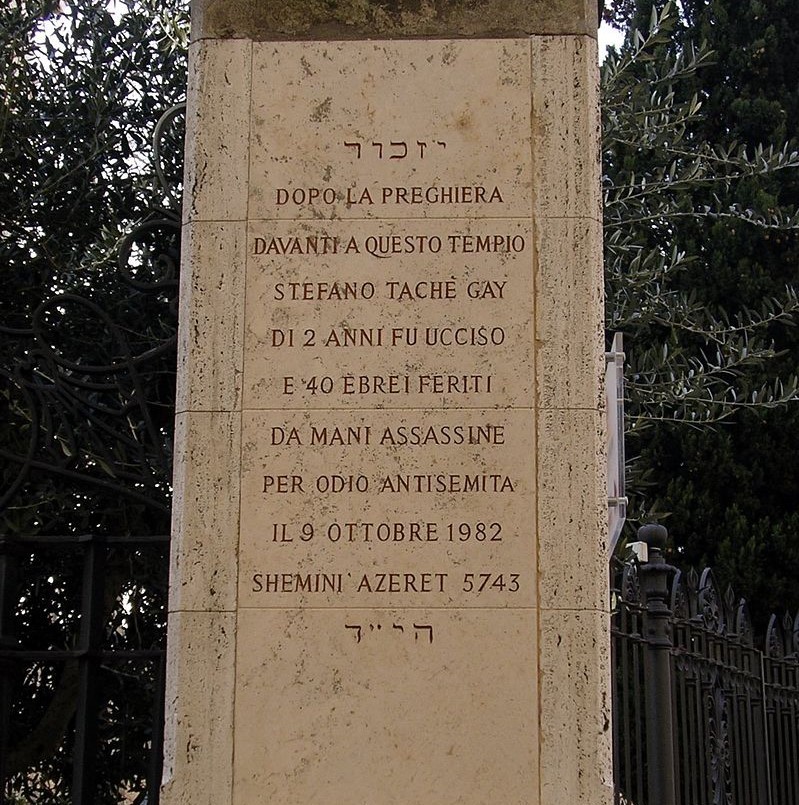
Indeed, a considerable part of the files that would lift the veil on the operations of those years is still covered by the state secret. These include the vast archives of Colonel Giovannone’s correspondence, eagerly awaited by historians. Others are still classified, or only available for consultation but not for publication. Finally, among the political, diplomatic and intelligence protagonists of this period, there are still important figures alive. In particular, the then Interior Minister, Virginio Rognoni, now 97 years old, who in another public appeal published in La Repubblica in recent weeks was asked to break his decades-long silence.
After the revelation of the new documents, at least two COPASIR members asked the Central Intelligence Department to give them access to new material, so that the Committee could conduct new investigations, and the country, above all, could know the truth about the Rome attack. Ideally before its fortieth anniversary on the 9th of October.
Simone Disegni
@simo_disegni
Translated by Rebekah Baird
